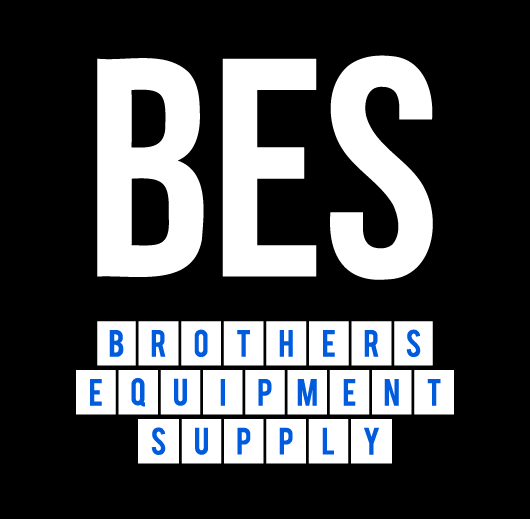
Top Things To Consider Before Buying An Air Mover
Top Things To Consider Before Buying An Air Mover
Air movers are essential equipment for water damage restoration, drying carpets, and floors.
They help to circulate air and speed up the drying process, which is crucial for preventing mould growth and other water damage issues.
If you’re in the market for an air mover, here are the top things to consider before making a purchase.
What to Look for in an Air Mover?
Airflow and Velocity: Airflow is the volume of air that an air mover can move in a given amount of time, while velocity is the speed at which the air is moved. Look for an air mover with a high airflow rate and velocity for maximum effectiveness.
Noise Level: Air movers can be loud, so it’s important to consider the noise level when choosing one. Look for an air mover with a decibel rating of 70 or lower for a quieter operation.
Portability: Air movers can be heavy, so consider the weight and size of the unit before purchasing. Look for an air mover with a compact and lightweight design for easy transportation.
Factors for Analyzing the Effectiveness of Air Movers
CFM (Cubic Feet per Minute): CFM measures the volume of air that an air mover can move in one minute. A higher CFM indicates a more powerful air mover.
Static Pressure: Static pressure is the amount of pressure that an air mover can generate against resistance, such as wet carpets or floors. Look for an air mover with a high static pressure rating for better performance.
Amps: Amps measure the electrical current used by the air mover. A higher amp rating indicates a more powerful motor and better performance.
Types of Air Movers
Axial Air Movers: These air movers are designed to move a high volume of air at a low velocity. They are ideal for drying large open spaces quickly.
Centrifugal Air Movers: These air movers are designed to move a smaller volume of air at a higher velocity. They are ideal for drying smaller spaces or hard-to-reach areas.
Low-Profile Air Movers: These air movers are designed to be compact and low to the ground, making them ideal for drying carpets and floors.
Other Important Questions to Consider

Can I leave an air mover on overnight?
Yes, air movers are designed to be left on for extended periods. However, it’s important to monitor the drying process and adjust the air mover as needed.
Is an air mover better than a fan?
Yes, air movers are more powerful and effective than fans when it comes to drying carpets and floors.
How long can you leave an air mover on?
Air movers can be left on for several days, depending on the extent of the water damage and the drying process.
How do you calculate Airmover?
You can calculate the air mover’s CFM by multiplying the length, width, and height of the area to be dried, then dividing by two.
How many air movers per linear foot?
The number of air movers needed per linear foot depends on the extent of the water damage and the type of air mover being used. As a general rule, one air mover per 10-12 linear feet is recommended.
In conclusion, buying an air mover is an important investment for any water damage restoration or drying project.
By considering the airflow and velocity, noise level, portability, CFM, static pressure, and amps, you can choose the right air mover for your needs.
Additionally, understanding the different types of air movers and how to calculate their effectiveness can help you maximize their
If you have any questions about our article,”Top Things to Consider Before Buying an Air Mover” or our water damage restoration equipment feel free to contact us at sales@brothers-equipment.com or chat with us in near real-time in LiveChat or Facebook.
Related Posts
What Are Air Movers And How Do I Use Them?
Why Use A Desiccant Dehumidifier? Our Experts Got Answers
What Are The Top Air Scrubber Benefits And Main Uses?
Why Air Scrubbers Are Essential For Your Water Damage Restoration Business
